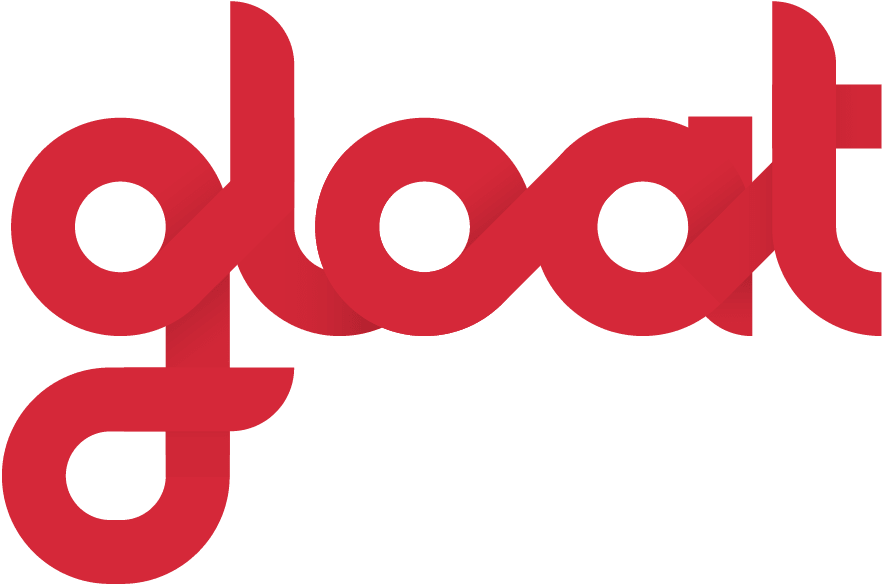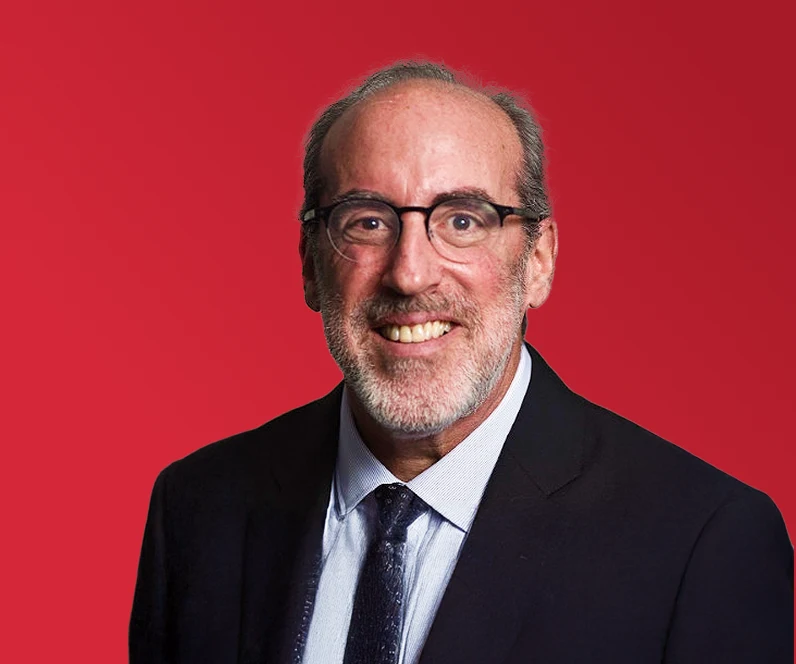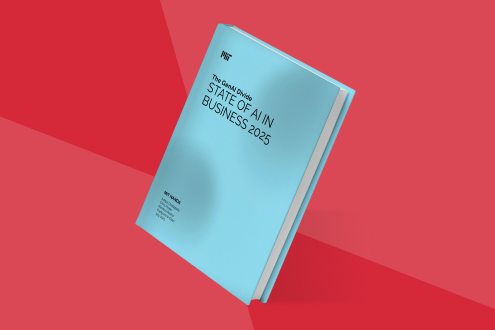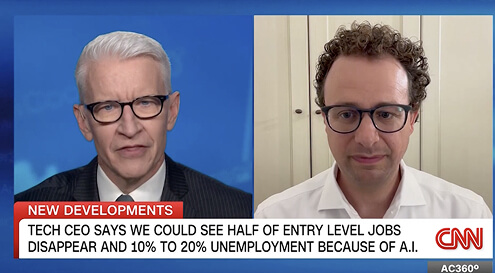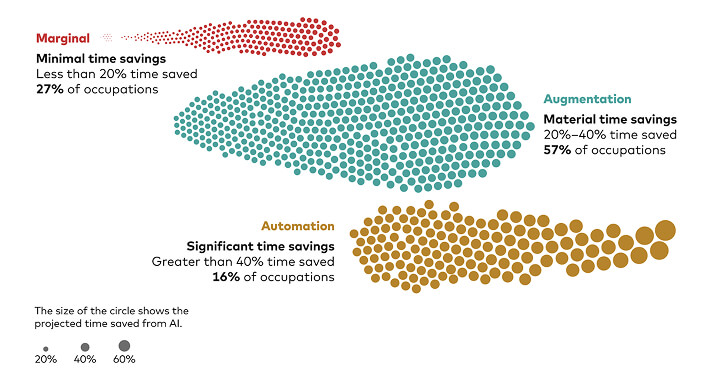Let's get acquainted
This info will help our workforce agility experts personalize your experience.
By submitting your details you hereby agree to our terms and conditions and privacy policy. You may always opt-out from our mailing lists in accordance with the Privacy Policy.
